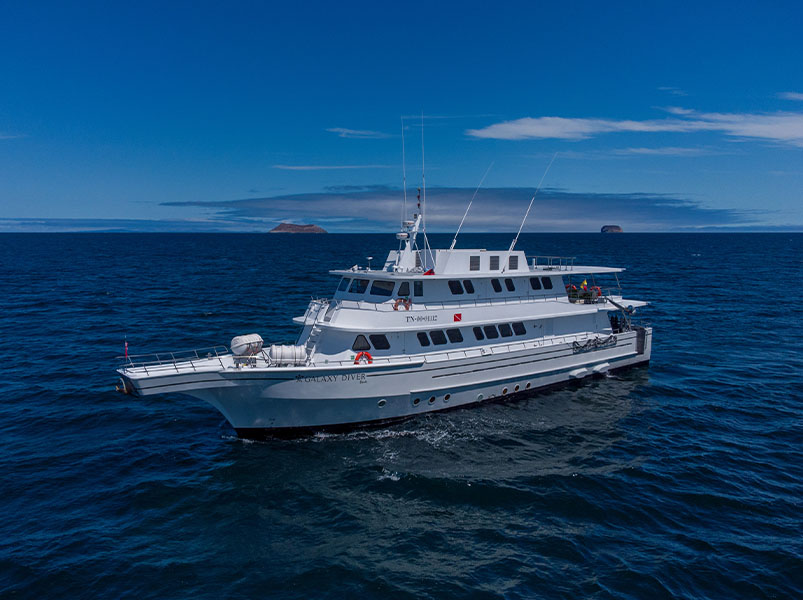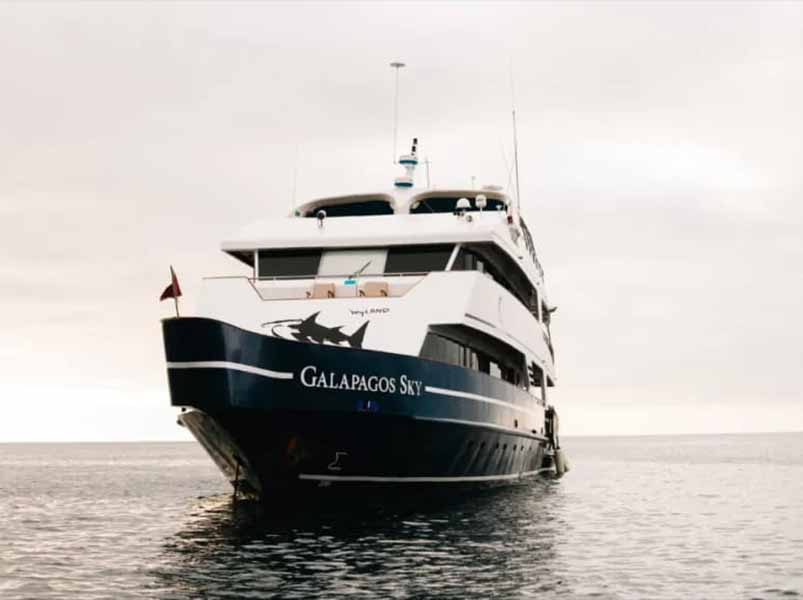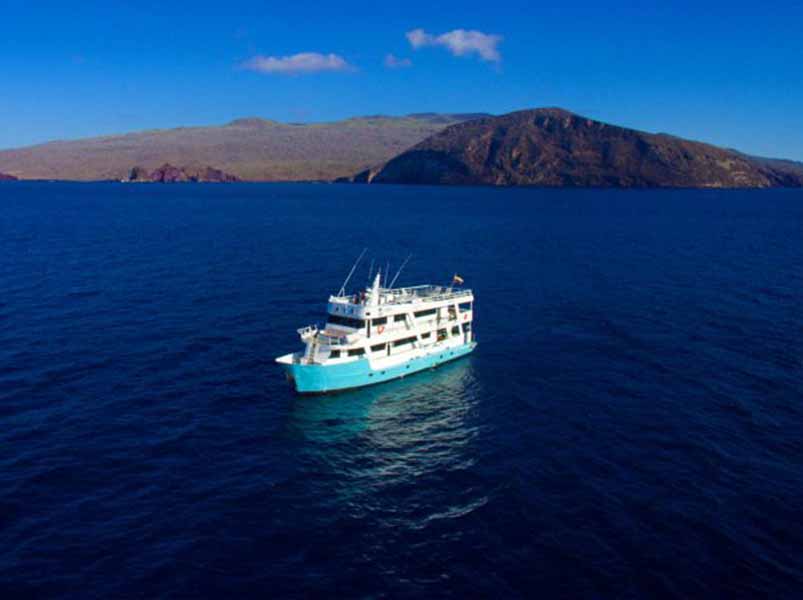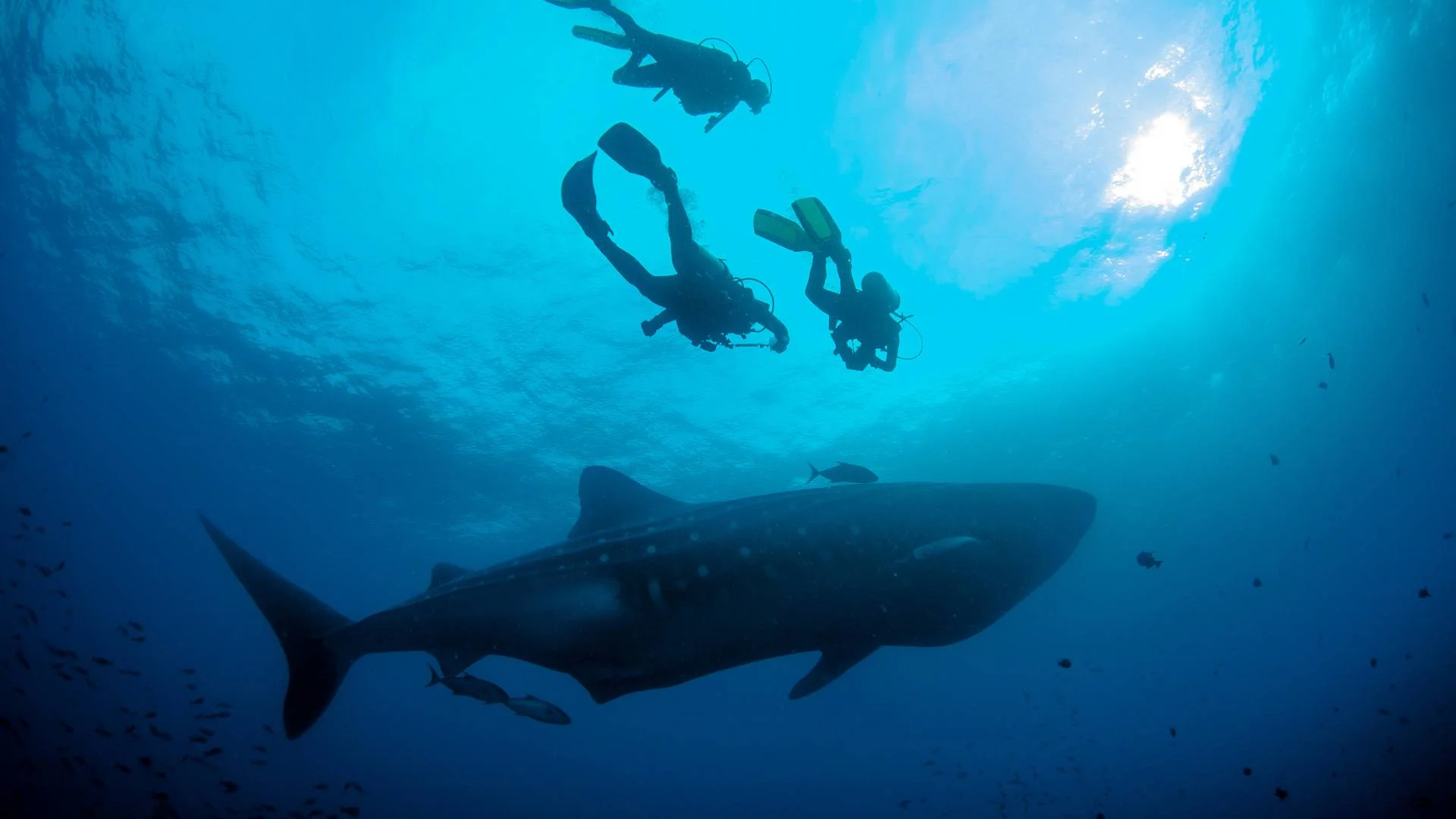
Best Time to Dive Galapagos: A Comprehensive Guide | Travel Blog
Wondering what is the best time to dive Galapagos?
The Galapagos Islands, with their stunning biodiversity and captivating marine life, have become a dream destination for divers worldwide. However, choosing the best time to dive Galapagos can significantly impact the quality of your underwater experiences.
In this comprehensive guide, we'll delve into the two primary diving seasons, the diverse marine encounters each offers, and essential tips to ensure an extraordinary diving adventure in this enchanting archipelago.
Galapagos Diving Cruises
Table of content
- Best time to dive Galapagos
- Dry Season (June to November)
- Wet Season (December to May)
- Best Dive Sites in Galapagos Throughout the Year
- Wolf and Darwin Islands (Dry Season)
- Gordon Rocks (All-Year)
- Dive Conditions and Tips for Each Season
- Dry Season Dive Conditions
- Wet Season Dive Conditions
- Responsible Diving in Galapagos
- Observe Marine Life Respectfully
- Preserve the Underwater Habitat
- Limit Flash Photography
- Frequently asked questions about the best time to dive Galapagos
- When is the best time to dive in the Galapagos?
- Is diving possible year-round in Galapagos?
- What marine species can be encountered during the dry season?
- What makes the wet season a special time for diving in Galapagos?
- Should I book my diving trip in advance during the peak season?
- Conclusion
Best time to dive Galapagos
Dry Season (June to November)
The dry season, also known as the "cool season," extends from June to November. This period is considered the best time to dive in Galapagos for its favorable conditions. The waters are cooler, ranging from 66°F to 77°F (19°C to 25°C), and visibility can reach an impressive 50 to 100 feet (15 to 30 meters). Diving during this season offers crystal-clear waters, making it ideal for underwater photography and exploration.
One of the highlights of the dry season is the presence of nutrient-rich waters. These attract an abundance of marine life, including large schools of fish, rays, and sharks. Divers are
thrilled by encounters with majestic hammerhead sharks, Galapagos sharks, and impressive pelagic species.
Wet Season (December to May)
The wet season, or "warm season," spans from December to May. Although the wet season is considered less optimal for diving due to reduced visibility and slightly warmer waters (70°F to 80°F or 21°C to 27°C), it has its unique allure. The increased water temperatures attract an array of marine creatures, including manta rays, dolphins, and the gentle giants of the sea – whale sharks.
During the wet season, Galapagos also experiences an influx of sea turtles arriving on the shores for nesting. This makes it an exceptional time for wildlife enthusiasts and marine biologists to witness this fascinating phenomenon during night dives.
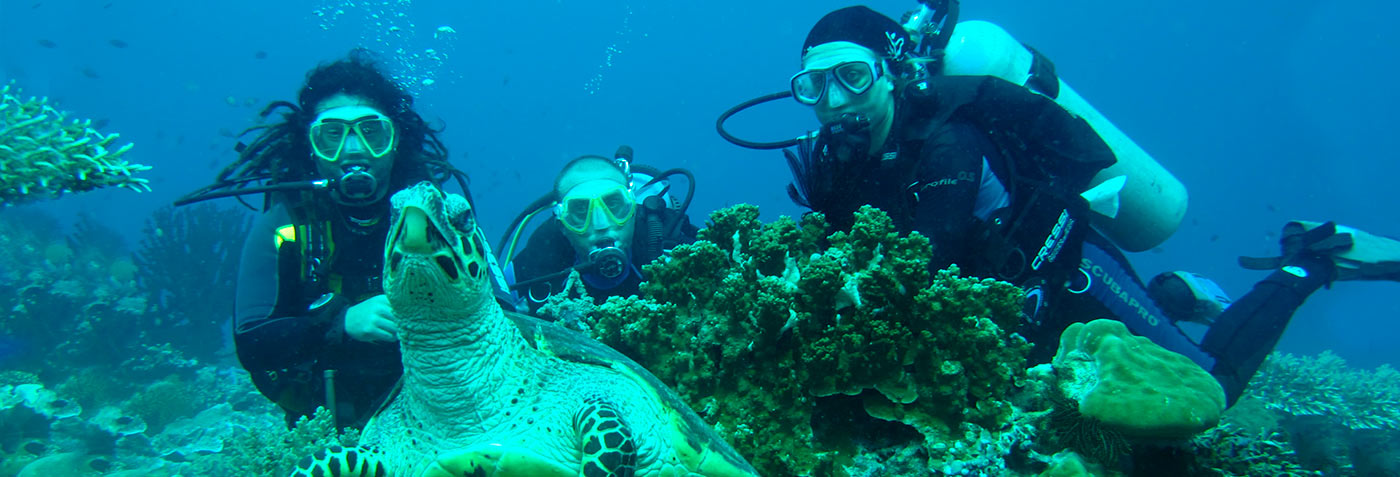
Best Dive Sites in Galapagos Throughout the Year
Wolf and Darwin Islands (Dry Season)
Wolf and Darwin Islands, located in the remote northern part of the archipelago, are renowned for their exhilarating diving experiences. These sites are accessible mainly during the dry season through liveaboard cruises. Divers at Wolf and Darwin Islands are treated to adrenaline-filled drift dives, where encounters with hammerhead sharks, Galapagos sharks, and even whale sharks are not uncommon.
Gordon Rocks (All-Year)
Situated near Santa Cruz Island, Gordon Rocks is a must-visit dive site that remains exceptional throughout the year. Offering thrilling encounters with hammerhead sharks, rays, and sea turtles, this site caters to divers of all experience levels. The underwater volcanic formations and abundant marine life make Gordon Rocks a captivating dive destination.
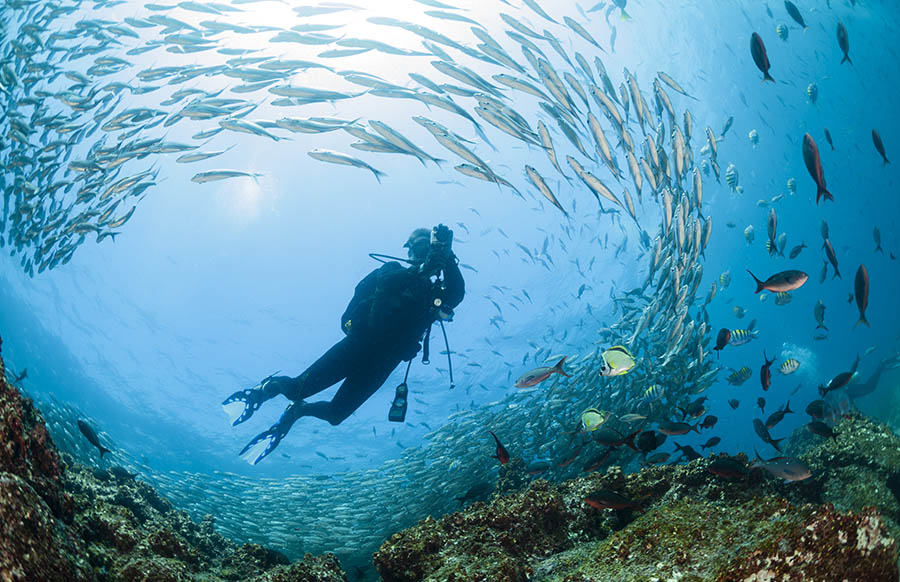
Dive Conditions and Tips for Each Season
Dry Season Dive Conditions
Water Temperature: 66°F to 77°F (19°C to 25°C)
Visibility: 50 to 100 feet (15 to 30 meters)
Dive Tips: To ensure comfort during dives, it's recommended to wear a 5mm wetsuit. Due to the high demand for diving during the peak season, booking a liveaboard cruise well in advance is advisable.
Wet Season Dive Conditions
Water Temperature: 70°F to 80°F (21°C to 27°C)
Visibility: 30 to 60 feet (9 to 18 meters)
Dive Tips: Opt for a 3mm wetsuit to accommodate the warmer waters. Consider shorter cruises or day trips to explore dive sites around Santa Cruz and Floreana Island, as they offer great diving opportunities during the wet season.
Responsible Diving in Galapagos
As responsible divers, it is crucial to prioritize the preservation of Galapagos' delicate marine ecosystem. Adhering to the following guidelines ensures a positive impact on the underwater world:
Observe Marine Life Respectfully
Avoid touching or chasing marine animals, including sharks, rays, and sea turtles. Maintain a safe distance to minimize any potential disturbance to their natural behavior.
Preserve the Underwater Habitat
Refrain from collecting souvenirs or disturbing underwater habitats. Leaving only bubbles and taking only photographs ensures the integrity of the marine environment.
Limit Flash Photography
Minimize the use of flash photography, as it can startle marine animals and cause stress. Be mindful of your equipment and its impact on the underwater inhabitants.
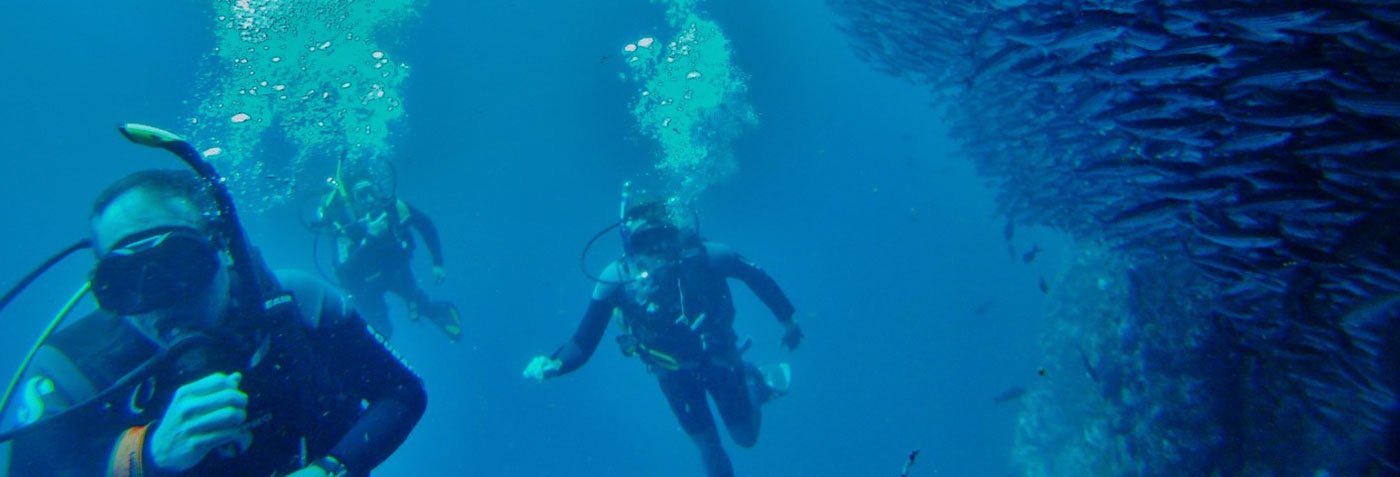
Frequently asked questions about the best time to dive Galapagos
When is the best time to dive in the Galapagos?
The best time to dive in Galapagos is during the dry season, which runs from June to November. During this period, waters are cooler, visibility is excellent, and nutrient-rich currents attract diverse marine life, including hammerhead sharks and rays. Also, you may want to be informed about the best time to visit the Galapagos.
Is diving possible year-round in Galapagos?
Yes, diving is possible year-round in Galapagos. While the dry season offers optimal conditions for diving with cooler waters and better visibility, the wet season from December to May presents unique opportunities to encounter whale sharks and manta rays.
What marine species can be encountered during the dry season?
The dry season offers encounters with a variety of marine species, including hammerhead sharks, Galapagos sharks, manta rays, and large schools of fish. Divers can also witness playful sea lions and other pelagic species.
What makes the wet season a special time for diving in Galapagos?
The wet season brings warmer waters and the chance to witness the extraordinary phenomenon of sea turtle nesting. It also attracts magnificent creatures such as whale sharks and dolphins, making it a thrilling time for divers.
Should I book my diving trip in advance during the peak season?
Yes, it is advisable to book your diving trip well in advance, especially during the peak dry season from June to November. Liveaboard cruises and popular dive sites, such as Wolf and Darwin Islands, fill up quickly due to high demand. Early reservations ensure you secure your spot for an unforgettable diving experience.
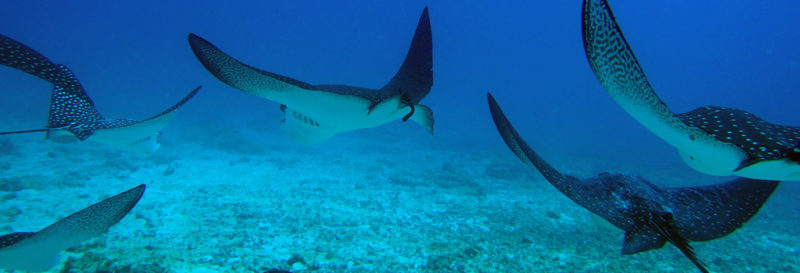
Conclusion
The Galapagos Islands offer a diver's paradise with unmatched opportunities to encounter extraordinary marine life. Determining the best time to dive in Galapagos depends on your preferences and desired sightings. Whether you opt for the dry season with its hammerhead shark spectacles or the wet season for close encounters with sea turtles and whale sharks, Galapagos guarantees a mesmerizing experience beneath the waves.
As you embark on your underwater adventures, remember to prioritize responsible diving practices, adhere to park regulations, and respect the marine environment. By doing so, you contribute to the preservation of this enchanting underwater paradise for future generations of divers to explore and cherish.
